
The COVID-19 pandemic has profoundly affected many industries and drastically changed Nepal's economic landscape. Although the lockdowns throughout the country were very severe, life in the central region of Nepal gradually came back on track. It had wreaked untold misery in terms of vast economic disruptions. Additionally, this has sent millions of countries, including Nepal, into a sharp slowdown in economic activity, business closures, and supply disruption in trade and industries.
Among the hardest-hit industries was the tourism segment, which had formed the very backbone of Nepal's economy. This was because everything to do with tourism was affected by the announcement of travel bans around the world, citing safety reasons. The sudden decline in tourism created a drastic loss in profits. The impact of this slump was not limited only to the businesses that were in direct contact with tourism, including hotels, restaurants, and tourist operators; instead, it served as a domino effect across the entire economy. Job losses were enormous because of the loss of tourism revenues, chiefly in the rural areas that have been heavily dependent on the incomes from this sector, and it has further increased the economic burden.
Another important economic pillar—a part of the economic structure that guarantees its stability—remittances from Nepalese workers abroad also suffered because of the pandemic. Global economic insecurity cost many Nepali workers abroad their jobs or eroded their incomes, causing a temporary dip in the inflow of remittances. Since the weight in many Nepalese families lies in income sources from remittances, a drop in them escalated economic hardships in many households in the country.
The economic challenges forced the hand of the Nepali government to take several business and individual support measures to help them persevere. The set of measures adopted to revive businesses is wide, ranging from financial relief packages to low-interest loans and stimulus programs that have been put into practice to stabilize the economy. However, their effectiveness is mixed, with several businesses not being able to revive themselves to full potential as the economy is just about crawling from the recession caused by the pandemic.
The pandemic has made it clear that this nation has to diversify its economy as soon as possible and lessen its reliance on industries that are most susceptible to shocks from the outside world, particularly the tourism sector. Nepal, in the near future, should reduce dependence on conventional sources of growth and make efforts toward new drivers of economic growth by fostering innovation and resilience in its economic structure. It should follow a course of domestic industry development, building technological and digital capacity, and practicing sustainable development to create the base for a strong and resilient economy capable of withstanding crises.
Like elsewhere in the world, the international business sector of Nepal was hit hard by the pandemic. The following are some of the major implications:
Disruption in Trade
There were massive breaks in the supply chain in Nepal, whether it was in the import business or the business of exports. Lockdown and transportation delays not only caused product shortages but also disrupted the flow of trade. Vital industries in export, especially textiles, garments, and handicrafts, witnessed a fast fall due to slow global demand and logistic troubles. Complete closures of foreign markets have worsened the situation, leading to huge economic losses.
Tourism Sector
The tourism sector, as one of the major drivers of the economy, faced unprecedented challenges. Global travel restrictions and a deep slump in international visitors resulted in a steep drop in revenue, coupled with widespread unemployment in the tourism-dependent region.
Foreign Investment
The uncertainty in the economy forced the slowdown of Foreign Direct Investment (FDI) in Nepal. Investments in important fields such as infrastructure and manufacturing were hindered by the downturn, with many projects stalled or even abandoned, rendering future job prospects dismal. While they declined in the preliminary phases due to job losses either abroad or locally, remittances quickly built up again as migrant workers found alternative means to send money home. At this point, the pandemic showed the risk involved in too much reliance on remittances to provide economic stability.
E-commerce and Digital Transformation
Growth in e-commerce, even in Nepal, was pushed up by the benchmark that the pandemic set. With physical stores locked and people asked to stay safely away from each other, online shopping and digital transactions saw unprecedented growth, pushing businesses to adapt to the altered consumer landscape. The crisis increased the level of investment in digital infrastructures for such technologies as online payment systems and digital marketing, which is a prerequisite for sustaining long-term growth.
Economic Impact
Nepal's economy contracted as the various sectors failed to bear the brunt of the pandemic. The overall slowdown caused effects such as reduced consumer spending and a hesitant investment climate, among other factors, that contributed to a recession. The economy faces two major impediments to a smooth road to recovery. The first being the high extent of uncertainty and the second is uneven recovery across different sectors. International business operations needed to realign themselves with health and safety standards. These are applicable in operations, especially in manufacturing sectors, where adherence to strict health requirements would define their license to transact or produce new goods.
The experience with COVID-19 required the reinvention of business models that could be resilient and flexible. Supply chain spoking and working from anywhere are likely to affect business practices sustainably.
Some Quick Statistics Obtained from NRB and Government Sources
GDP Growth Rate:
2018/19: 7.1%
2019/20: 2.1%
2020/21: Around 4% (estimated)
International Tourist Arrivals:
2019: 1,197,191
2020: Around 230,000 (a drop of around 81%)
Remittance Inflow:
2019: NPR 874.5 billion
2020: NPR 979.5 billion (an increase of around 12%)
Consumer Price Index (CPI) Inflation:
2019: 4.6%
2020: 6.2%
Government Revenue:
2019/20: NPR 1,472.7 billion
2020/21: NPR 1,438.3 billion (a decrease of about 2.3 percent)
Unemployment Rate:
2019: About 2.3 percent
2020: Jumped to about 4 percent due to job losses and other economic disruptions.
The COVID-19 pandemic has exposed wide vulnerabilities in Nepal's economic structure, particularly its high dependency on very few sectors, such as tourism and remittance. On the other hand, it has also opened opportunities for growth and transformation, especially in digitalization and diversification of the economy.
The constitution must be implemented in a way that fosters a national business environment, supports entrepreneurship, and enhances trade relationships. With the collaboration of the government, businesses, and international partners, achieving economic recovery is essential for a prosperous, more resilient economy that sets Nepal on a path to sustainable development in the post-pandemic period.
By sustaining its strengths and addressing the vulnerabilities felt, Nepal can not only address challenges posed by this pandemic but also pave the way for a more resilient and prosperous future by adopting a forward-looking approach to its economic development.
Writers Bedant Mundhara and Sujit Rai are MBA III Trimester students at SAIM College.




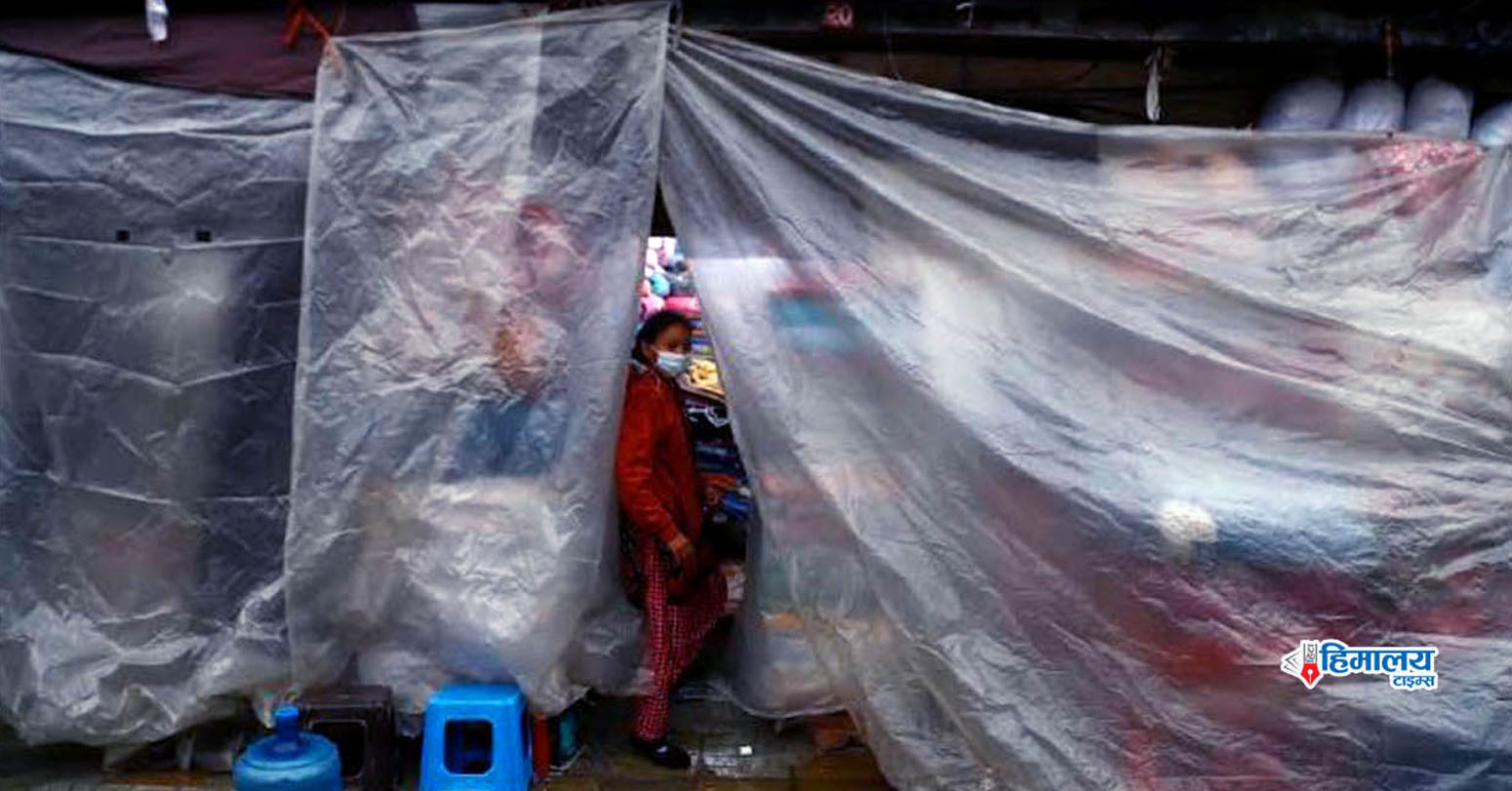

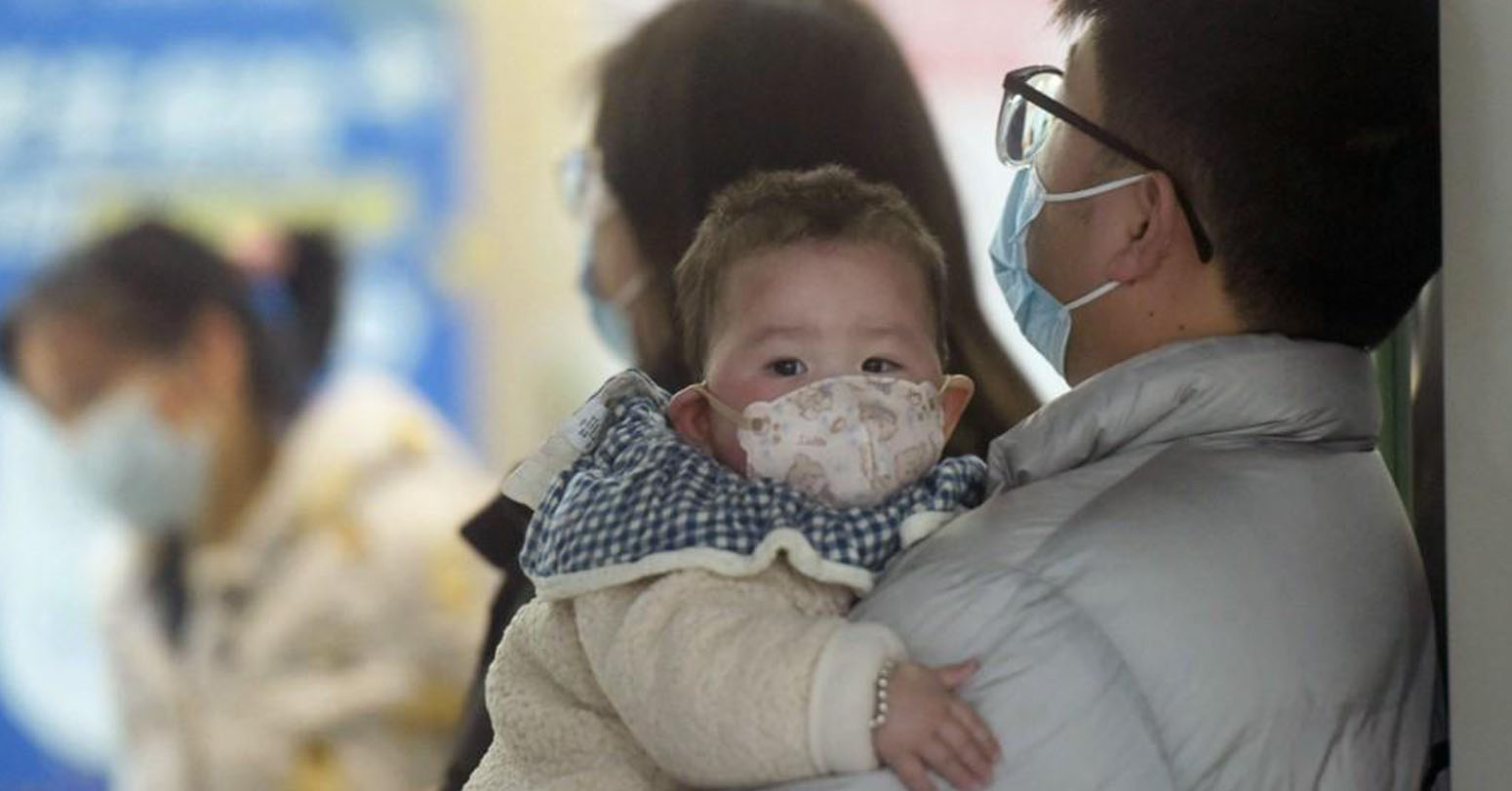





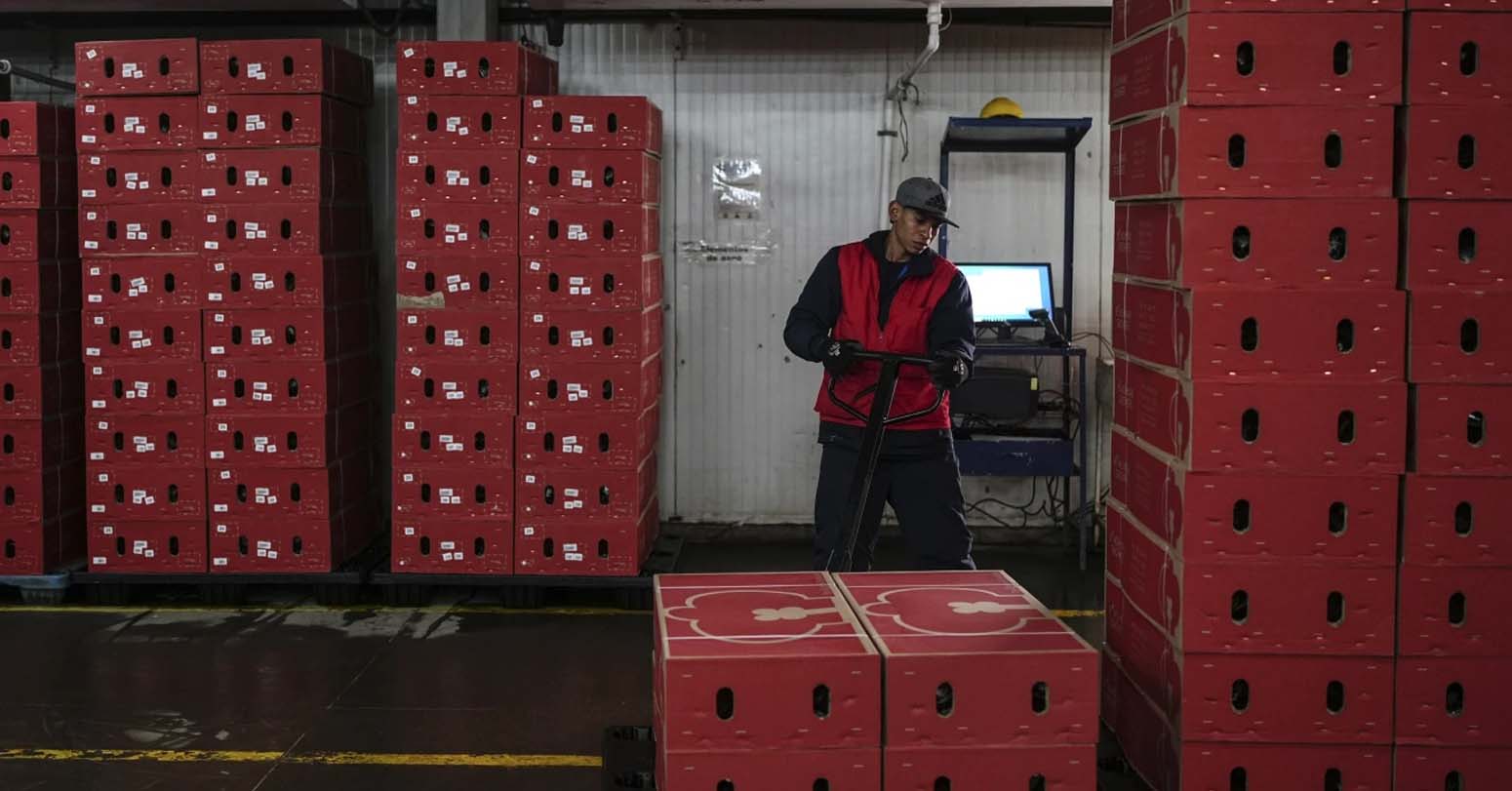
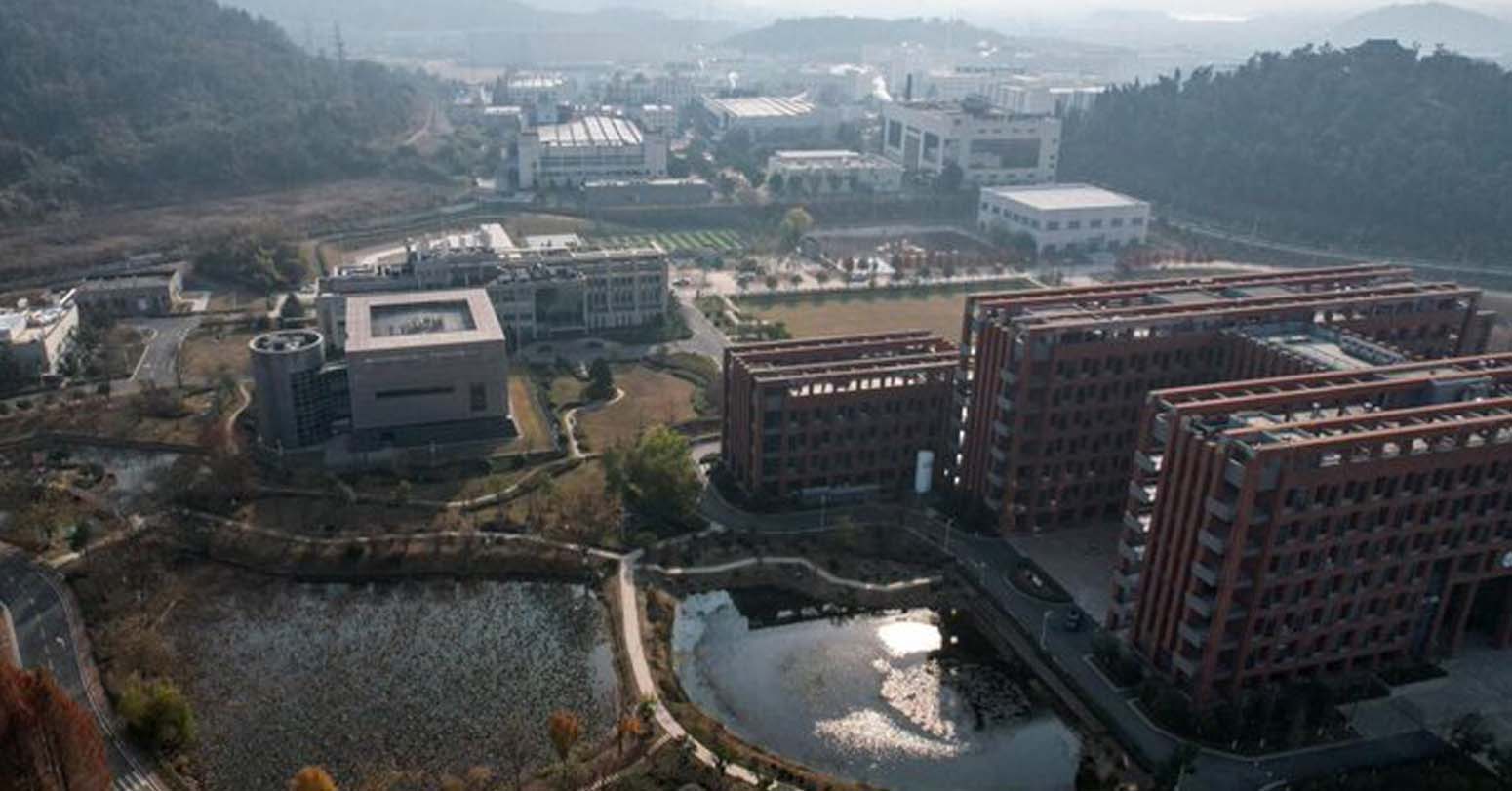
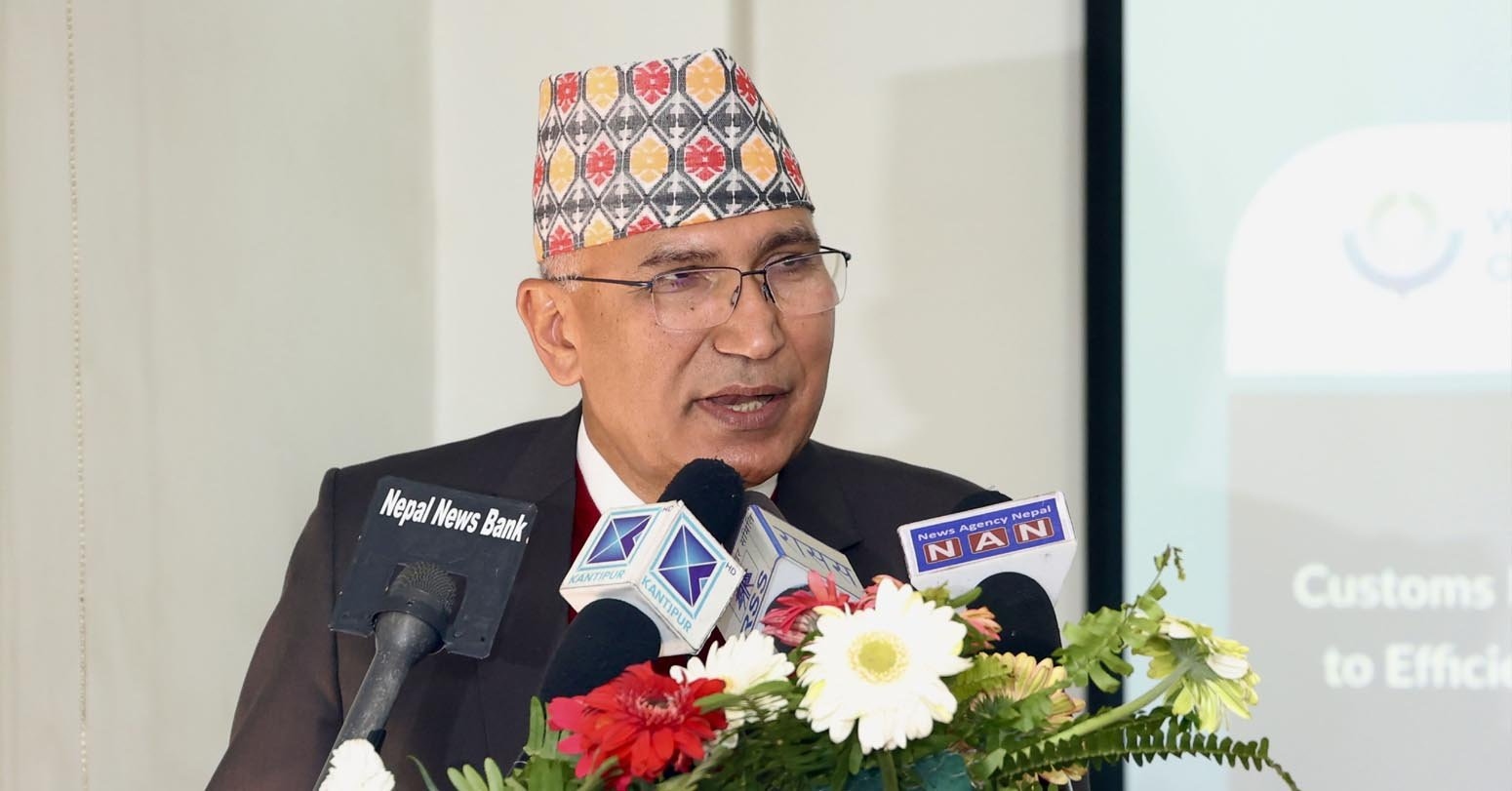


Middle-aged man spends millions to
Breathing The Unbreathable Air
Comprehensive Data Protection Law Critically
Gender Differences In Mental Healthcare
Dr. Dharam Raj Upadhyay: Man
Erosion of Democracy